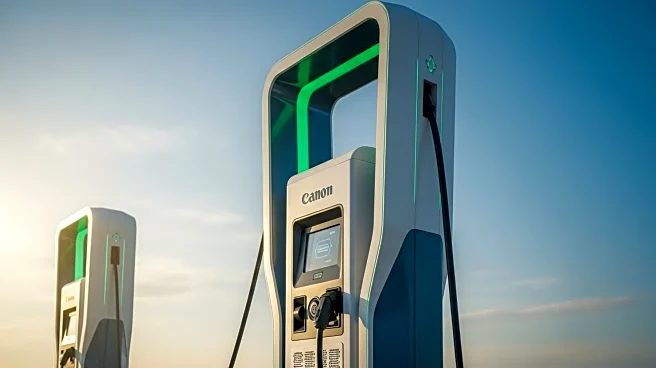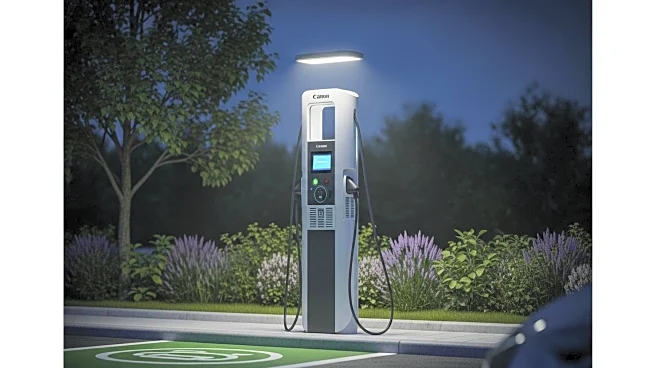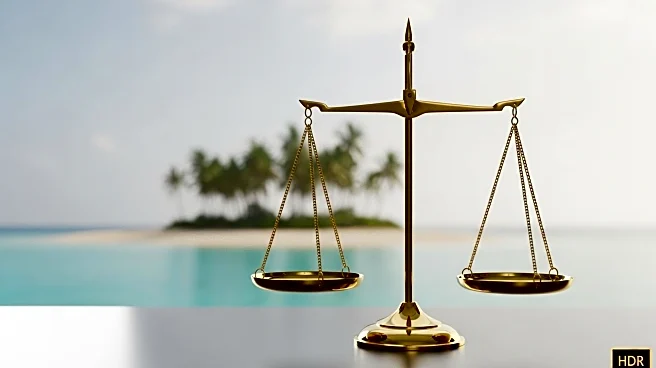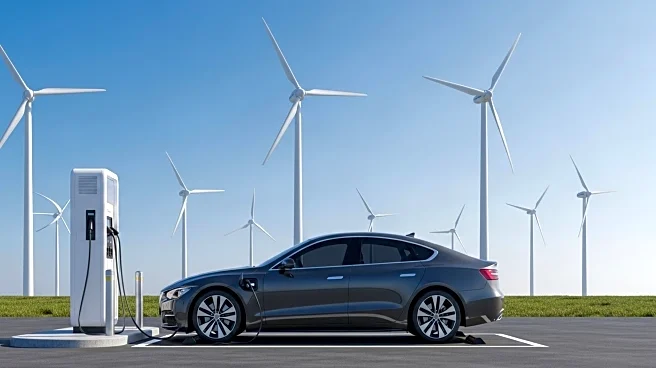What is the story about?
What's Happening?
Tesla has revised its ordering process to comply with recent changes to the IRS rules regarding the $7,500 EV tax credit. The IRS adjusted the rules, allowing consumers who purchase their electric vehicles outright to qualify for the tax credit without needing to take delivery by September 30. Instead, they must enter a written binding contract and make a nominal down payment by that date. This change aims to clarify previous confusion surrounding the tax credit eligibility, which required delivery by September 30. Tesla has updated its website to reflect these new rules, emphasizing that orders placed by September 30 will qualify for the tax credit, even if delivery occurs later. Leasing options, however, still require delivery before September 30 to be eligible.
Why It's Important?
The adjustment in IRS rules is significant for both consumers and Tesla. It provides more flexibility for buyers, allowing them to secure the tax credit without rushing to take delivery by the deadline. This change could lead to increased orders for Tesla, as consumers now have the option to customize their vehicles without compromising on features due to inventory constraints. For Tesla, this could result in improved sales figures in the fourth quarter, as deliveries can extend beyond the initial deadline. The move also highlights the importance of clear communication between automakers and regulatory bodies to ensure consumers understand their eligibility for incentives.
What's Next?
Tesla is actively communicating these changes to potential customers, ensuring they are aware of the updated rules. As the September 30 deadline approaches, Tesla may see a surge in orders as consumers take advantage of the extended eligibility period. The company will likely focus on managing the increased demand and ensuring timely deliveries post-deadline. Additionally, Tesla's Q4 performance could benefit from these adjustments, potentially leading to stronger financial results as deliveries continue beyond the initial tax credit expiration date.
AI Generated Content
Do you find this article useful?














